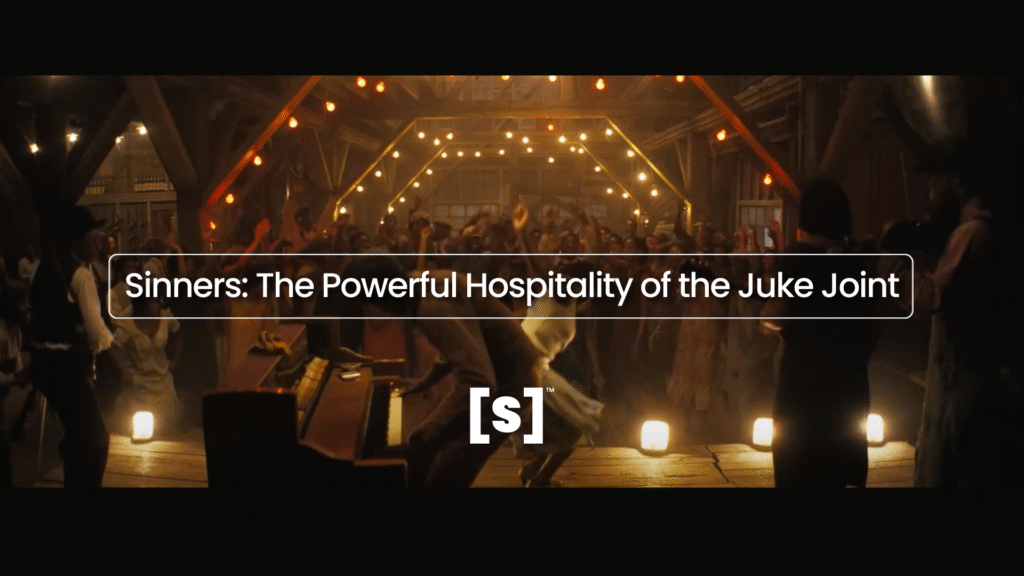
Ryan Coogler’s new film, Sinners, has become an undeniable box office success. As one of the top grossing films of 2025, Sinners has attracted a large viewership, even drawing patrons back to theaters to rewatch the film. Sinners has sparked discussions around the film’s cinematography, production, action, and interpretation of historical race relations. One central theme from the film is the importance of African-American music hospitality: the juke joint.
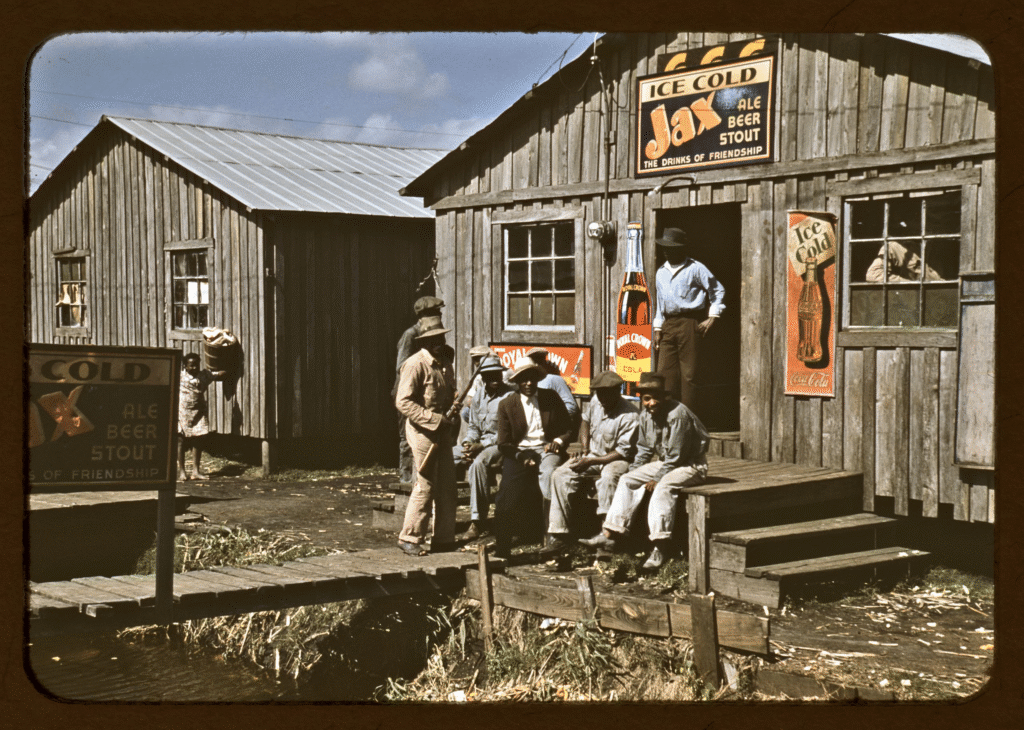
What is most resonant in the film is the theme of music. Music has the ability to be both entertaining and therapeutic. What makes music powerful is its ability to influence on an individual basis, while also bringing community together. If you’ve ever attended a live music event, you probably have had this experience. Most of us have witnessed music’s effect in clubs, concerts, and parties. Moreover, the impact of music in large settings induces a kind of camaraderie among people who would otherwise be strangers. This phenomenon can be traced back to the hospitality of juke joints.
Sinners reinforces the importance of a welcoming venue as a key component to the blues tradition. For generations, African-Americans perfected hospitality through juke-joint culture. In the film, when twins Smoke and Stack (Michael B. Jordan) set on the journey to start their juke joint, they had to first gather all the elements. The same way one would produce an event today, the twins needed a venue, entertainment, promotion, food, and financing. Without a doubt, the most important decision in event production is choosing a venue.

In the past, a juke joint owner had to make sure their venue was built on land with safety in mind. In fact, much like the event permitting process in cities today, the safety of juke-joint patrons was always paramount. Juke joint venues were often tucked away in hidden rural areas, off the beaten path to avoid Jim Crow violence. Due to the wooded areas, juke joints were often built with rustic wood and scrap metal. Throughout time, juke joints represented a music hub that offered an oasis where many could retreat to escape the oppression of Jim Crow.

Juke joints would often hire musicians through word of mouth. This strategy could be seen in Sinners when musicians Sammie “Preacher Boy” Moore (Miles Caton) and Delta Slim (Delroy Lindo) perform at the train platform, securing interest from spectators.
Juke joints offered lively entertainment through “cutting contests“. Cutting contests consisted of two or more musicians playing against each other for a house musician job. Furthermore, this competitive practice was born from the Chitlin’ Circuit and American plantations. Due to the competitive nature of African-American music culture, many would perform in the streets and challenge one another to get gigs. Sometimes, when two musicians were on the same block, this would often result in violence. These events were great spectacles that would allow a juke joint owner to get free advertising and a constant flow of fresh talent if a musician was going to play at their joint.
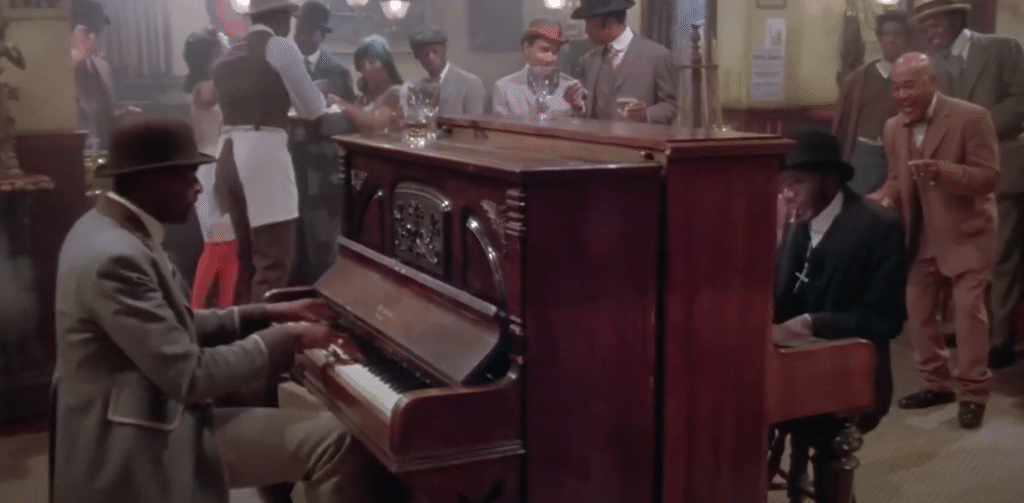
In the event that juke joints couldn’t find musicians, they used a jukebox. African Americans used jukeboxes as a resource to accentuate the atmosphere and provide guests with a variety of music. Juke joint owners took the responsibility to maintain and modify their jukeboxes. Whether live musicians or jukeboxes, juke joints would go on to inspire many people. In the art world, artists like Ernie Barnes depicted the lively energy and fashion of juke joints. In addition, Juke joint culture even inspired other communities outside of the US. One notable example is that jukeboxes inspired innovation in Jamaican Sound system culture.
Food in a juke joint was just as deep as the music. Common juke joint dishes consisted of fried catfish, fried chicken, chitlins, barbecue, collard greens, black eye peas, and boiled peanuts. These dishes are still enjoyed at African American social gatherings to this day. Conversely, the beverage options at the time were more constrained due to the Prohibition Era of America. As a result, beverages would primarily consist of corn liquor (moonshine), homemade wine, homemade beer, and Sassafras Tea.
Many think that juke joints died after Jim Crow. However, some juke joints still exist today. Although there is less now, one shouldn’t worry. Just like the iconic Sinners scene that bridges the history between music genres, the inheritors of juke joint culture can be found in jazz clubs, rock dive bars, rent parties, discos of the 1970s (see Soul Train), drag balls, hip-hop block parties, house music warehouses, and even modern sound bar culture today. In conclusion, we should give credence to juke joints as a historical source of musical hospitality culture.
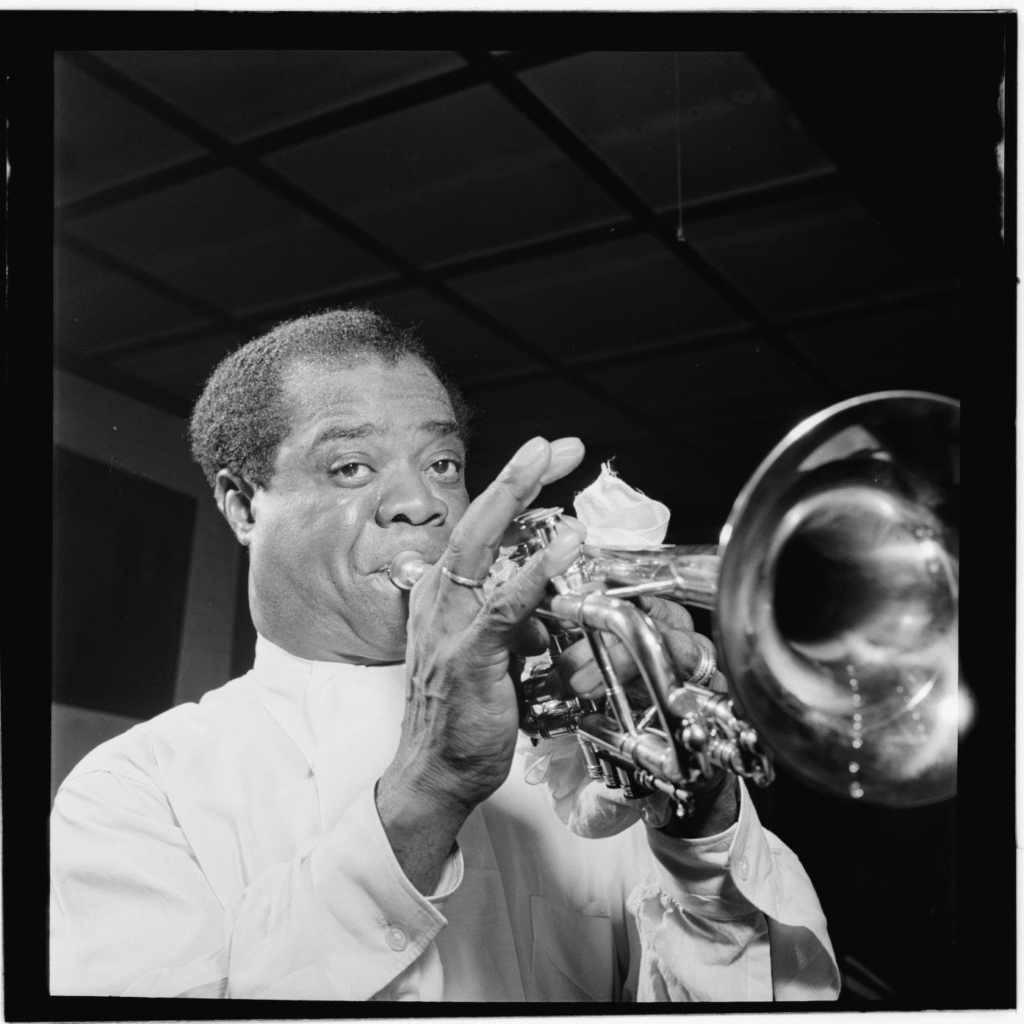
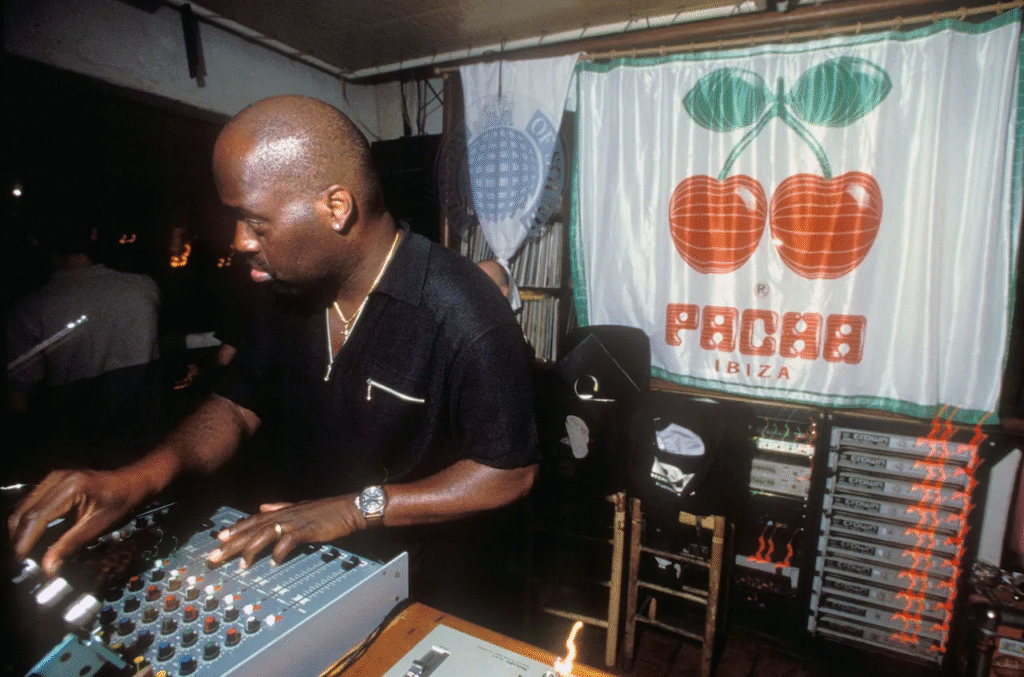
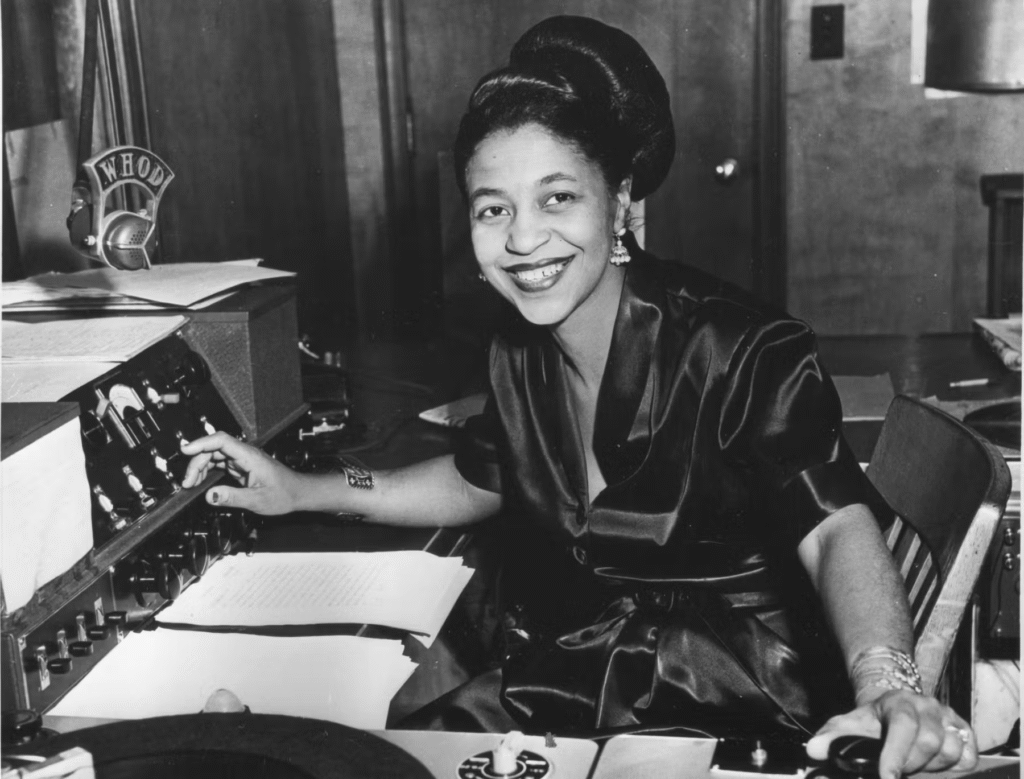
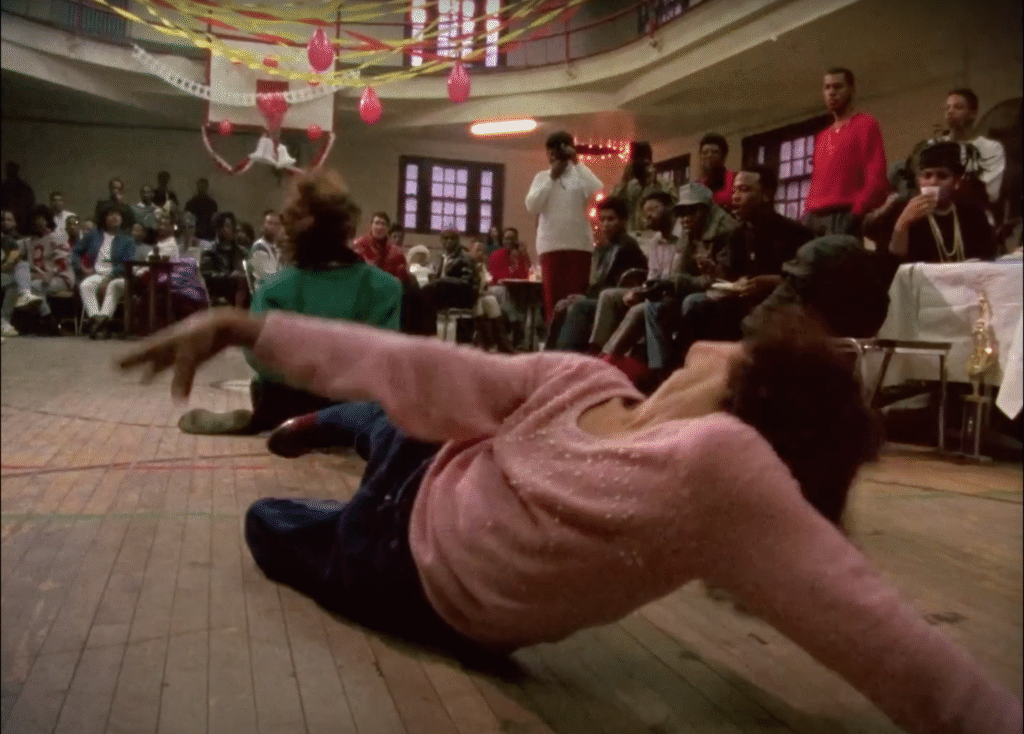

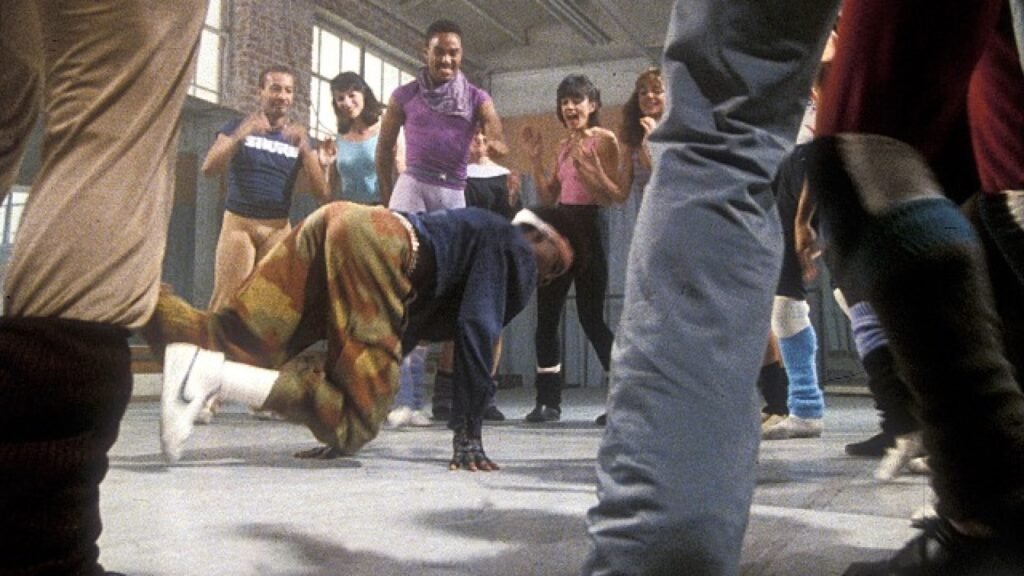
If you are an event organizer, juke joint culture can offer inspiration when considering how to produce your next event. Juke joint culture encompasses music, fashion, art, and food trends that can take your event to the next level. Please get in touch with us if you need help with event production. We have knowledgeable consultants to help you at any stage.